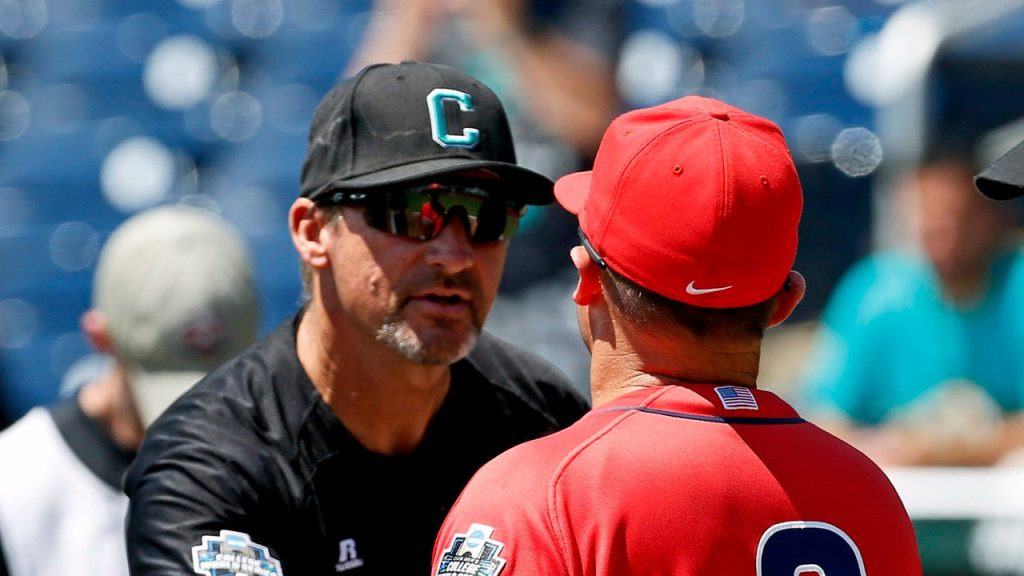The Coastal Carolina Chanticleers’ baseball season came to an end with a 6-5 loss to the High Point Panthers in the NCAA Tournament, marking the end of head coach Gary Gilmore’s legendary career. Gilmore had been with Coastal Carolina since 1996 and had amassed 1,116 wins with the team. In his final press conference, Gilmore criticized the current system of name, image, and likeness (NIL) in NCAA sports, comparing it to free agency chaos in professional sports. He expressed concerns about the lack of a level playing field and the unequal distribution of NIL money, advocating for a different approach.
The NCAA recently agreed to allow its Power Five conferences to directly pay players, with each school potentially sharing up to $20 million per year with athletes. The Power Five conferences all voted to accept the terms of the agreement, which would see schools sharing a percentage of their revenues with athletes playing any Division I sport. As college revenues continue to rise, the benefits and payments to athletes are expected to increase as well. Over a 10-year settlement period, the total value of new payments and benefits for college athletes could exceed $20 billion, making it one of the largest antitrust class-action settlements in history.
Gilmore’s comments reflect a larger conversation surrounding the evolution of college athletics and the compensation of student-athletes. The debate over NIL rights and player compensation has been ongoing, with critics highlighting issues of fairness, competitive balance, and potential exploitation of athletes. The NCAA’s decision to allow Power Five conferences to pay athletes directly represents a significant shift in the landscape of college sports, with the potential for substantial financial benefits for players in the future.
As college sports continue to generate significant revenues, the question of how to fairly compensate student-athletes while preserving the integrity of amateurism remains a complex and contentious issue. The implementation of new NIL rules and the agreement to share revenues with athletes represent steps towards providing additional benefits and financial support for college athletes. However, challenges remain in addressing concerns about inequality, exploitation, and the overall sustainability of college athletics in an evolving landscape.
Moving forward, the college sports community will need to navigate the complexities of NIL regulations, player compensation, and revenue-sharing agreements to ensure that student-athletes are fairly compensated for their contributions to the success and profitability of college athletic programs. As the debate continues, the voices of coaches like Gary Gilmore serve as a reminder of the importance of considering the impact of policy decisions on all stakeholders in the college sports ecosystem. Finding a balance between supporting athletes, maintaining competitive balance, and upholding the values of amateur sports will be essential in shaping the future of college athletics.


